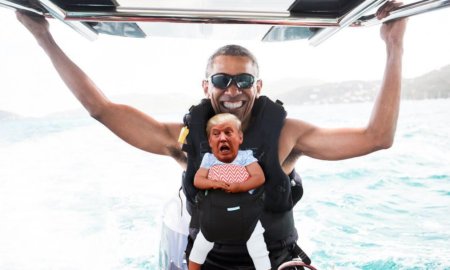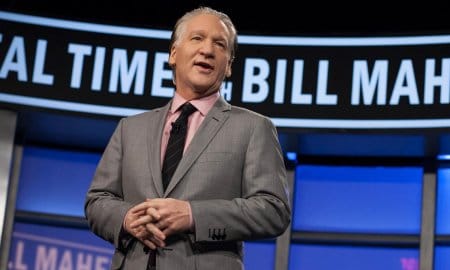In today’s America, we’re on the precipice of a really dangerous backslide. In the time since Donald Trump was elected President of the United States, incidents of overt racism have soared. Threats against the Jewish community are up drastically. One Senator made remarks that were lauded by a former member of the Ku Klux Klan. In short, things in the United States are bad and they’re not looking up … at least for four more years. It’s a story that’s all too commonplace for minority residents of the US, one that’s been woven into the fabric of American society since the country’s birth. Take, for example, one of the nation’s darkest time periods, the Jim Crow era, a period of more than 75 years in which there were laws on the books that enforced segregation and the general oppression of nearly half of the United States’ citizens. Though the times (and targets) have changed a little bit, there are still policies in play that seem to have been recycled from the Jim Crow era.
The Real Beginning of Jim Crow
In spite of the passing of the Thirteenth Amendment and the Fourteenth Amendment, the two Constitutional add-ons that were meant to level the playing field for America’s minorities and former slaves, things still weren’t very equal. In 1875, however, the Civil Rights Act was narrowly passed in order to insure that the South’s former slaves were properly integrated into American society. Then, in 1883, the Supreme Court ruled 8-1 that the Civil Rights Act of 1875 wasn’t Constitutional, because, a) the Thirteenth Amendment protected citizens from institutional slavery, but not institutional bigotry, and b) that the Fourteenth Amendment guaranteed minorities the right to Federal equality, but the states had their own say on how everything else was handled. In short, the Federal government washed its hands of the nation’s minorities for the next several decades until the Supreme Court stepped in once more to make things right.

Trump Tells People to Cut Out the Hatred
Since his election, Trump has been routinely confronted with numbers that indicate bigotry and hate crimes are on the rise. He’s also been criticized by the media for his supposed nonchalance at the escalating division among the nation. As he once told reporters, “I think it’s horrible if that’s happening. I think it’s built up by the press because, frankly, they’ll take every single little incident that they can find in this country, which could’ve been there before. If I weren’t even around doing this, and they’ll make into an event because that’s the way the press is.”

The Segregation of Schools
Up until the 1950’s and a Supreme Court case called Brown vs the Board of Education, schools were legally separated by race under the provision that the education be “separate, but equal.” Obviously that wasn’t the case, but the civil rights movement integrated the schools allowing every American student the opportunity to get an equal education. And they all lived happily ever after, right?
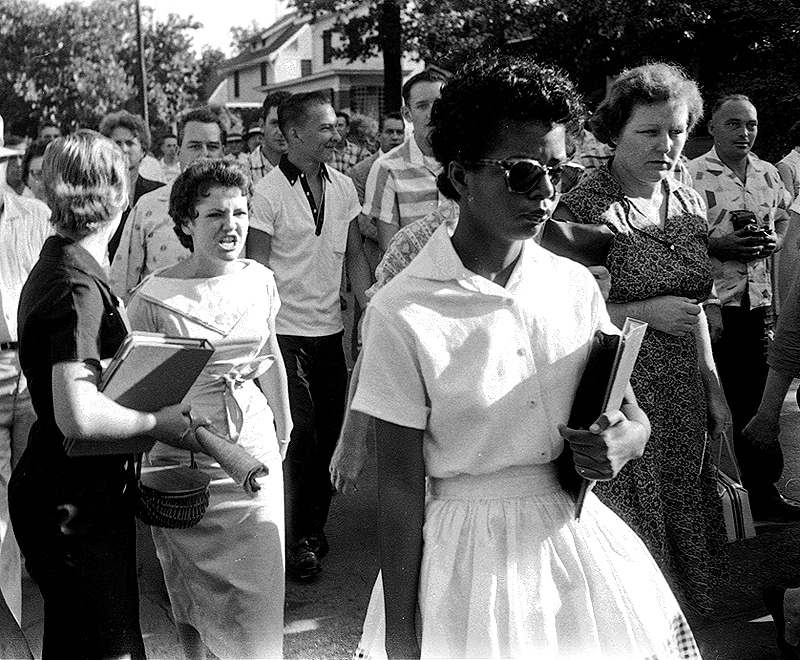
How Integrated Are Today’s Schools?
In fact, last year, the US Government Accountability Office said that segregation in schools was becoming a real problem again. Not only have the number of schools housing students who are half or entirely the same race gone up, but the schools that are a majority black or Hispanic, “offered disproportionately fewer math, science and college-prep courses and had higher rates of students who were held back in ninth grade, suspended or expelled.” The study also found that Hispanic students tended to be segregated even further because they were grouped according to language, as well as race and socioeconomic class.
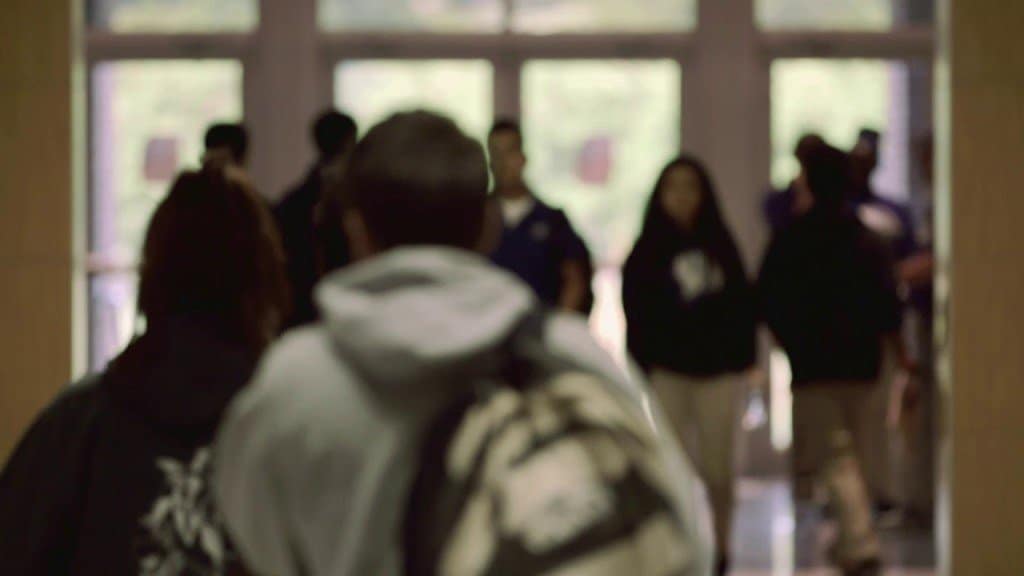
Separate, But Equal Accommodations
It wasn’t until 1964 that the Supreme Court officially upheld the Civil Rights Act, legislation that required even private establishments to give equal access to every paying customer, regardless of their race. Up to that point, Plessy vs Ferguson had been the law of the land. The 1896 court case had seen the Supreme Court officially recognize the legitimacy of segregation and the Jim Crow laws enacted by each state. Fortunately, that kind of silly discrimination isn’t in play anymore.
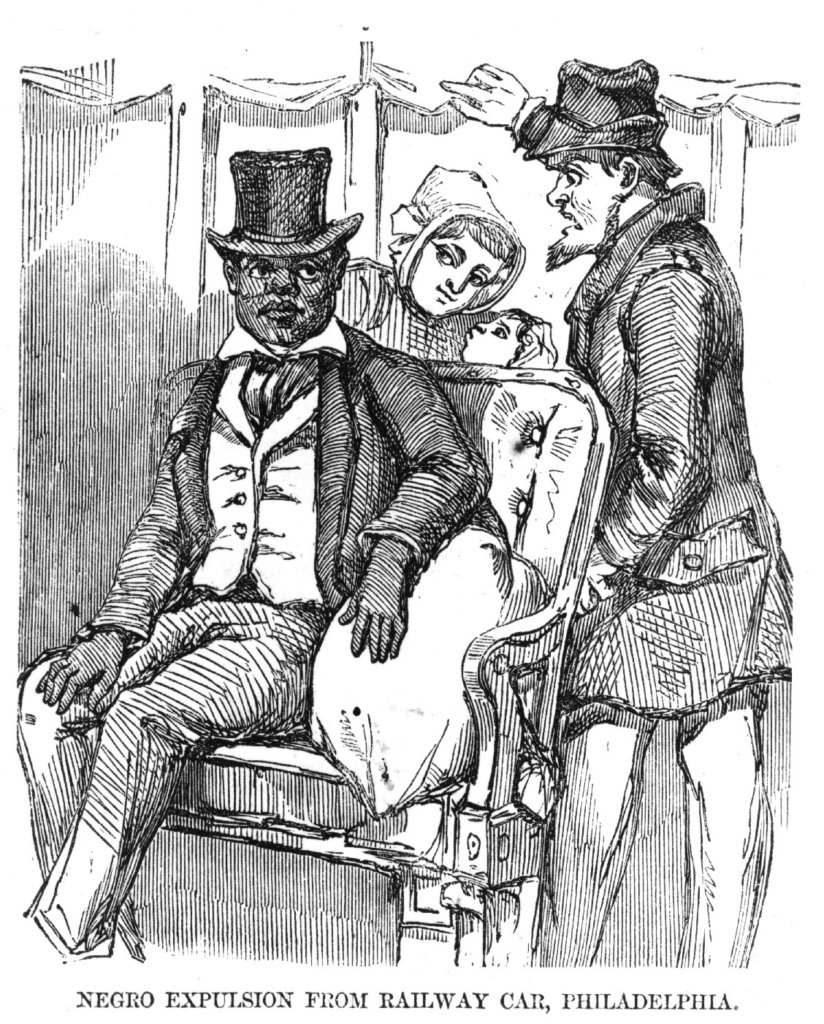
Pence Thinks It’s Cool For Businesses to Keep Out Homosexuals
Oh wait, in 2015, Vice President Mike Pence was the governor of Indiana. During his time there, he actually signed into law legislation that made it fine for businesses to reject members of the LGBT community as a means of protecting their “religious freedom.” Moving past that absolutely insane argument, this is just one bill that arose during the latter half of 2015 that sought to keep the LGBT community segregated.
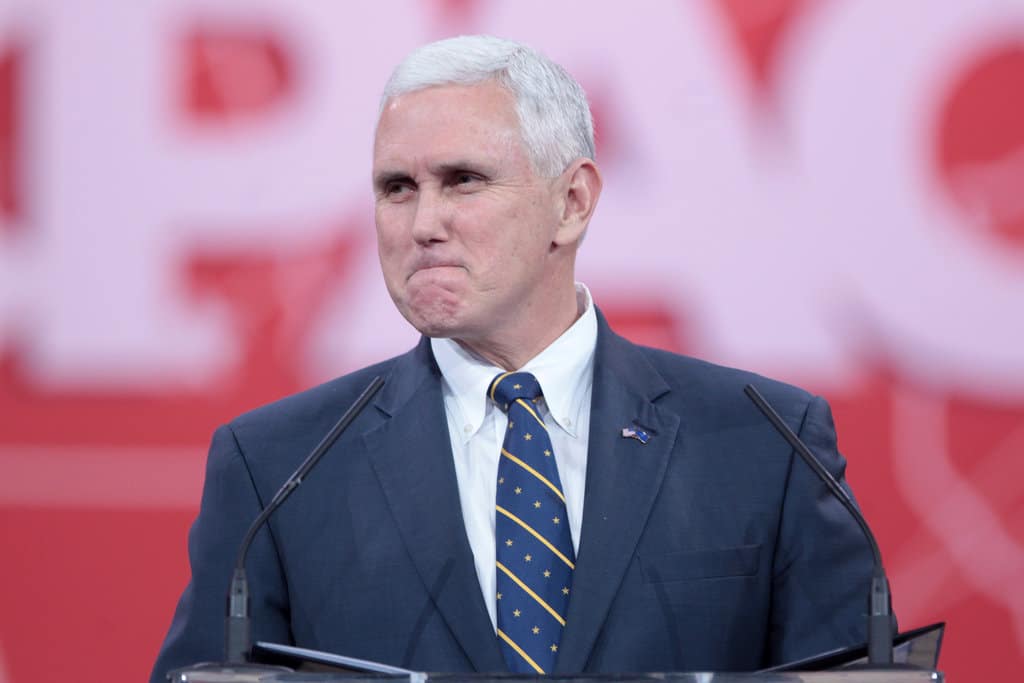
Meyer v. Nebraska Welcomes the Polyglot
Up until 1923, it was actually illegal for some schools to teach a foreign language before the eighth grade. The impact, here, was the increased segregation of those students who were unable to speak English. When the ban was reversed, American students had foreign languages incorporated into their early education, a subtle tactic that not only helped them befriend and include non-English-speaking students, it also created a worldliness in American students that’s helped us become more tolerant of foreign cultures. Hahahahahah, no not really.

Foreign Language Priorities in the Education System Are Out of Whack
Instead of making foreign languages a critical part of early education, national budgeting has decreased funding for educational opportunities in foreign languages. What’s more, the US language priorities concentrate on languages that are sorely unhelpful. In 2013, nearly 200,000 American students took a French course. Sixty-four took Bengali, in spite of the fact that the number of people in the world who speak Bengali outnumber French speakers almost 3 to 1.

Korematsu v. United States Saw Internment Proved Constitutional
Okay, this one is obviously a stretch (at least, you’d hope so), but it bares mentioning that during World War II, FDR issues an Executive Order that allowed the the United States government to round up and detain any American who happened to be of Japanese descent. More than 100,000 Americans were forcibly interned over the course of the war. When a Japanese-American man named Fred Korematsu sued behind the claim that his internment had violated his Fifth Amendment Rights, the Supreme Court straight up told him to get lost, ruling that the internment of Japanese-Americans was fine in order to protect the country from espionage.
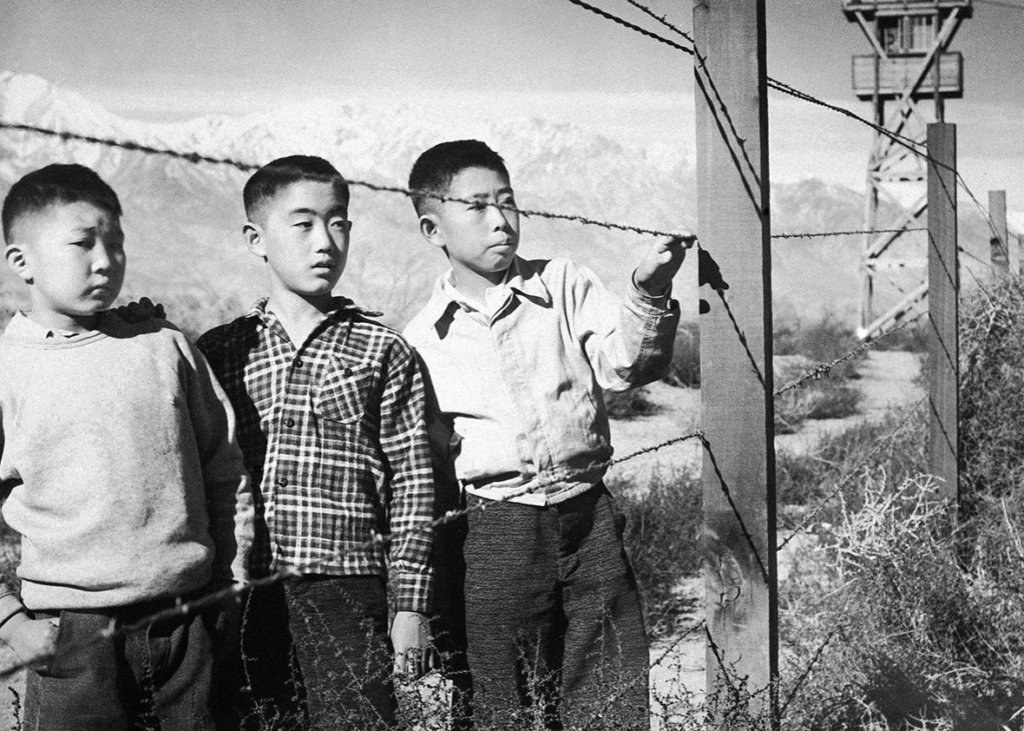
Trump Advocated for a Muslim Registry on the Campaign Trail
While he was running for President, Trump was once asked if he supported a database to track Muslim Americans. He responded, “There should be a lot of systems, beyond database, we should have a lot of systems, and today you can do it … I would certainly implement that.” One of Trump’s loudest supporters, Higbie, praised the idea, saying that America had already set the precedent for using registry and even internment to help protect the country.
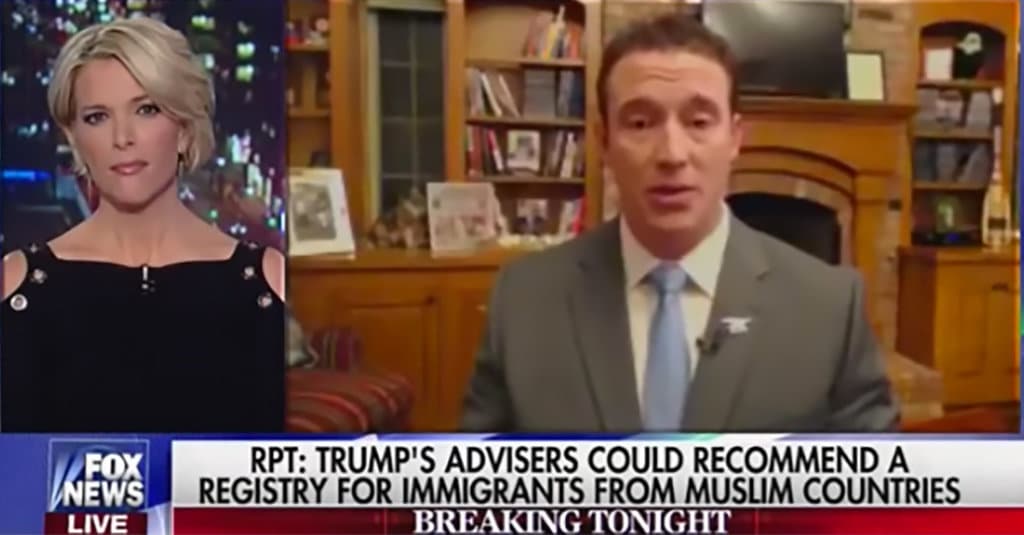
More in Politics
-
12 Surprising Facts About Bill Maher
You may be a fan of his HBO show, Real Time with Bill Maher, or perhaps you just can’t get enough...
June 21, 2017 -
Everything We Need to Know About Jared Kushner and His Family
In the entirety of the Trump administration, there is perhaps no one who is poised to do quite as much damage...
May 26, 2017 -
Cringeworthy Facts About Ivanka Trump & Jared Kushner’s Relationship
Ivanka Trump started dating her husband, Jared Kushner, back in 2005. Since their very first date, the couple has shared some...
May 3, 2017 -
Facts About the Guy Who Can’t Eat Alone with Women, Mike Pence
For a big portion of America, Vice President Mike Pence is a big, silver-haired question mark. The man who sits at...
April 15, 2017 -
10 Facts About Conservative Commentator Tomi Lahren
Things aren’t looking good for former conservative “It” girl, Tomi Lahren. Since the pundit came out in favor of a woman’s...
March 31, 2017 -
Best Moments From Reddit’s Tiny Trump Collection
He dominates the news every day. He terrifies half the country and invigorates the other half (minus a few million votes)....
March 8, 2017







